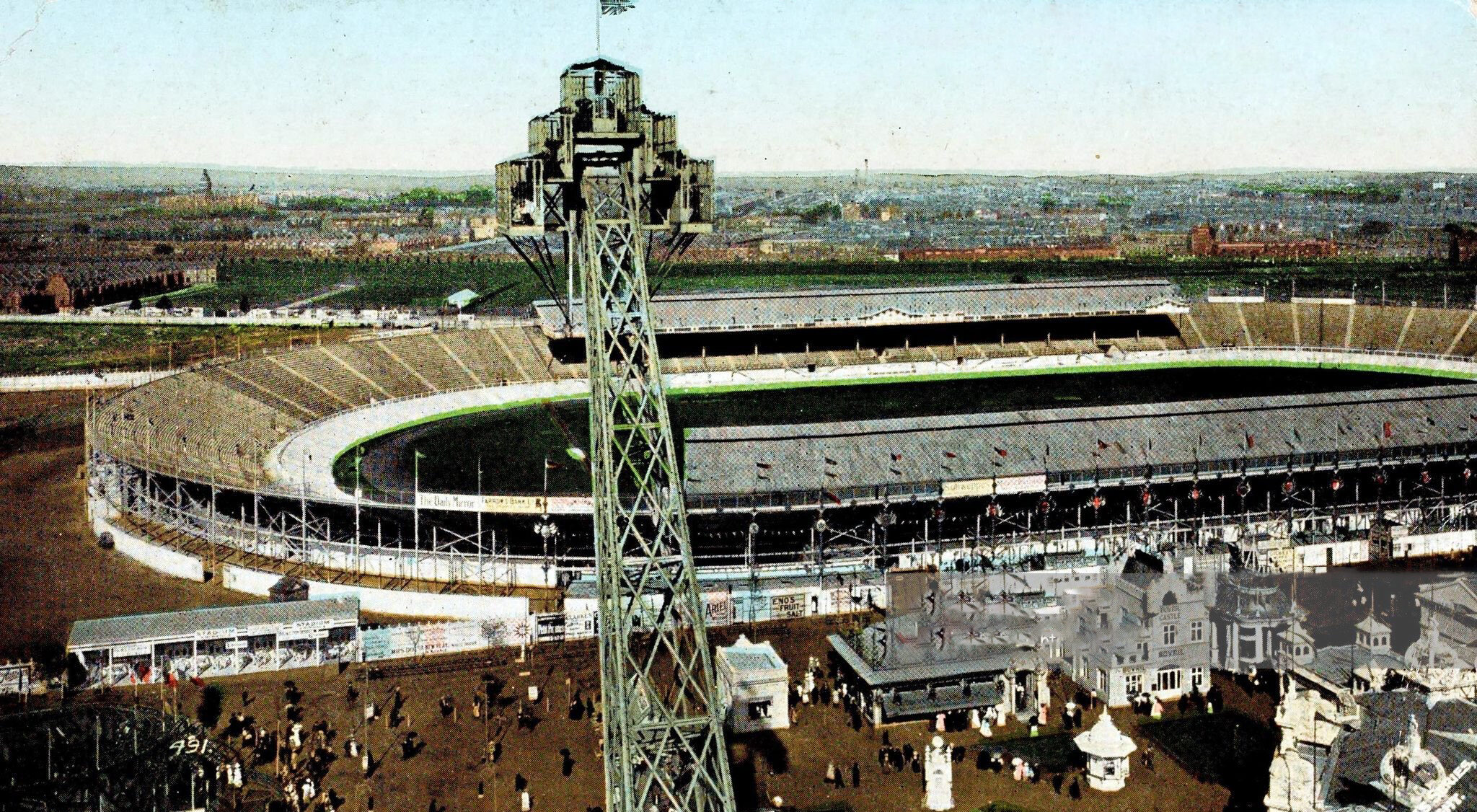The White City Stadium in London was one of the most iconic stadiums in the world. In this video, I’m going to show you around one of the most iconic stadiums in the world – The White City Stadium in London. This stadium is famous for being home to some of the biggest events in history including the 1908 Olympics and a number of FA Cup finals. So without further ado, let’s take a walk through this historic stadium.
J. Webster designed the stadium, George Wimpey completed it in ten months, and King Edward VII opened it on 27 April 1908. The capacity was 68,000.
The stadium cost £60,000 to construct and included a running track. There was also a cycle track outside of the main infield. The infield itself featured a swimming and diving pool.
The 1908 Olympics were held at the White City Stadium, with some events taking place at Queens Club. The stadium was 100 metres long and had a pool dug in the infield for swimming.
The 1908 Summer Olympics was the first time that the marathon race ended at a point in front of the royal box, and a marker now commemorates this finish line in the plaza. The distance of the modern marathon was fixed at these Games and calculated from the start of the race at Windsor Castle.

There were attempts to sell the stadium in 1922 but eventually it was used again for Olympic training.
In 1926, the Greyhound Racing Association took over management of the stadium.
Then in 1927, they turned it into a racetrack for greyhounds and speedway by grassing over the area.
In 1931, a 440 yard running track was installed for the Amateur Athletic Association Championships, held there from 1932 to 1970. Besides the AAA championships, major athletics events, including international matches, were held at the stadium. In 1954, in a match against Russia Christopher Chataway broke the world 5000 meters record running against Vladimir Kuts. The one mile world record was broken there by Derek Ibbotson in 1957.

Also in 1931, Queens Park Rangers F.C. began the first of two spells playing at the stadium, until 1933, the second spell was from 1962 to 1963. QPR eventually decided against a permanent move to White City and stayed at Loftus Road.
Wigan Highfield, a rugby league side, was close to bankruptcy in 1933. White City Company decided to move the club to White City when they took over the ownership of the stadium. Prior to this, only rugby union had been popular in southern England while professional rugby league stayed within northern towns and cities. By relocating, Wigan Highfield became London Highfield and their debts were paid off. The first try scorer for the new team was George “Porky” Davies who later went on play for Liverpool Stanley and St Helens from 1938-1947.
The White City Company’s lack of profitability on the venture led to their decision not to pursue rugby league. London Highfield was the forerunner to London Broncos, who are presently the leading rugby league club in London.
In 1966 Wembley Stadium’s owner refused to cancel regular greyhound racing which caused the game between Uruguay and France during the 1966 FIFA World Cup to be played at White City instead. The game attracted a total of 45,662 fans.

The original stadium was demolished in 1985.
Today, White City Place occupies its former location (formerly BBC White City).




